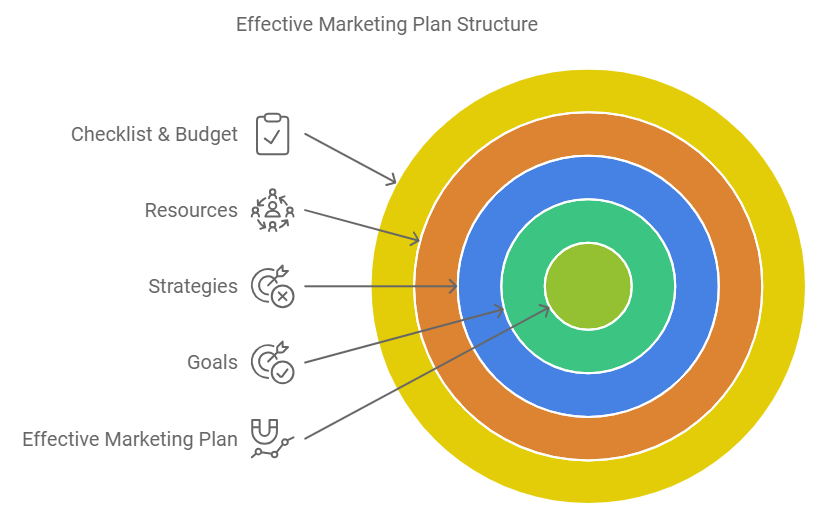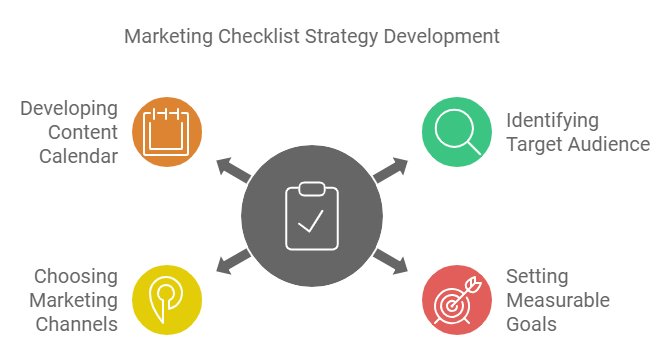Marketing for Small Businesses: 6 Proven Strategies to Achieve Growth
Small businesses often face unique challenges in marketing due to limited resources and competition from larger companies.
Implementing proven marketing strategies can significantly enhance visibility and drive growth for small businesses.
These strategies can range from leveraging social media to optimizing local SEO, providing accessible avenues for reaching a target audience.
Effective marketing for small businesses doesn’t require a hefty budget. By focusing on their strengths and employing creative tactics, they can engage customers and build brand loyalty. Exploring specific strategies tailored to their needs will equip them with the tools necessary for sustained growth.
Understanding and applying tested methods can transform marketing efforts into measurable results.
Business owners who prioritize these strategies will find themselves better positioned to navigate the competitive landscape and attract new customers.

Table of Contents
1) Understanding Your Market and Audience
Awareness of market dynamics and audience preferences is crucial for small businesses.
By focusing on the target audience and analyzing competitors, they can craft effective strategies tailored to specific needs and trends.

2) Identifying Your Target Audience
Small businesses must pinpoint their target audience to maximize marketing impact. This involves defining demographics such as age, gender, income level, and location.

Key steps include:
- Conducting Surveys: Gathering feedback directly from potential customers helps identify preferences and pain points.
- Creating Buyer Personas: Developing detailed profiles for ideal customers can clarify marketing efforts.
- Utilizing Analytics Tools: Platforms like Google Analytics provide insights into audience behavior and trends.
In 2024, businesses should also consider evolving marketing trends, such as the rise of influential social media platforms. Understanding the nuances of local preferences enhances connection, leading to better outreach.
3) Analyzing Competitor Strategies
To succeed, small businesses must understand their competition. Identifying direct and indirect competitors allows for effective positioning.
Strategies for analysis include:
- Reviewing Competitor Marketing Channels: Observing where competitors advertise can indicate the most effective channels for target audiences.
- Assessing Content Strategies: Analyzing competitors’ blogs and social media can provide insights into successful messaging and engagement.
- Monitoring Pricing and Promotions: Keeping an eye on how competitors price their products and run promotions can inform strategic choices.

Staying informed about competitor activities can lead to the discovery of local business marketing ideas that resonate with the community. By leveraging this information, small businesses can refine their own strategies for better results.
4) Developing an Effective Marketing Plan
An effective marketing plan serves as a roadmap for small businesses. It clarifies goals and strategies, ensuring that resources are used effectively to reach potential customers. Key components include creating a marketing checklist and budget allocation.

5) Creating a Comprehensive Marketing Checklist
A marketing checklist helps small businesses stay organized and focused. This tool can include essential tasks such as:
- Identifying target audience: Know who they are and tailor messaging accordingly.
- Setting measurable goals: Define what success looks like, whether it’s increased sales or higher engagement.
- Choosing marketing channels: Select platforms like social media, email, or SEO based on where the target audience spends time.
- Developing a content calendar: Plan out campaigns and content to maintain a consistent presence.

Regularly reviewing and updating this checklist keeps strategies aligned with goals and market changes.
6) Allocating Budget for Maximum Impact
Budgeting is crucial for maximizing marketing effectiveness. Small businesses should start by determining the total available funds for marketing. Allocating this budget involves:
- Identifying key expenses: This may include digital advertising, content creation, and tools for analytics.
- Prioritizing strategies: Focus resources on the most effective channels, based on past performance and audience engagement.
- Monitoring results: Use analytics tools to track spend and ROI, adjusting the budget as needed for better performance.

By being strategic with budget allocation, small businesses can achieve significant results without overspending.





